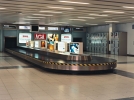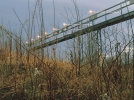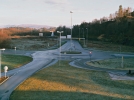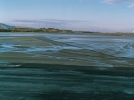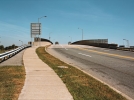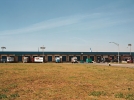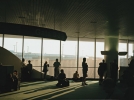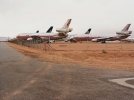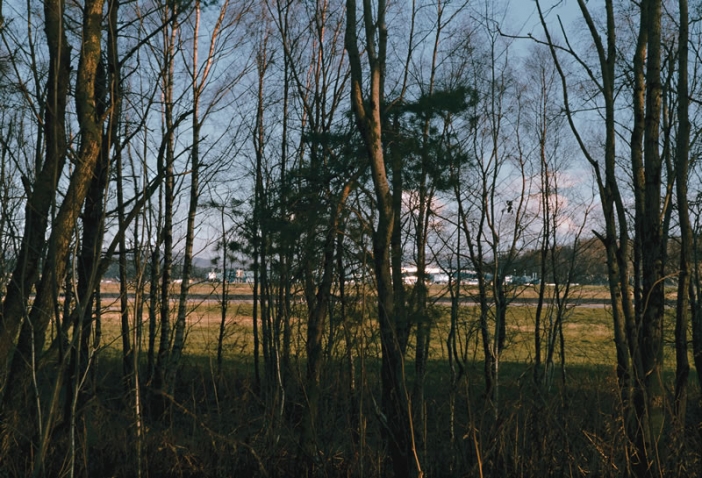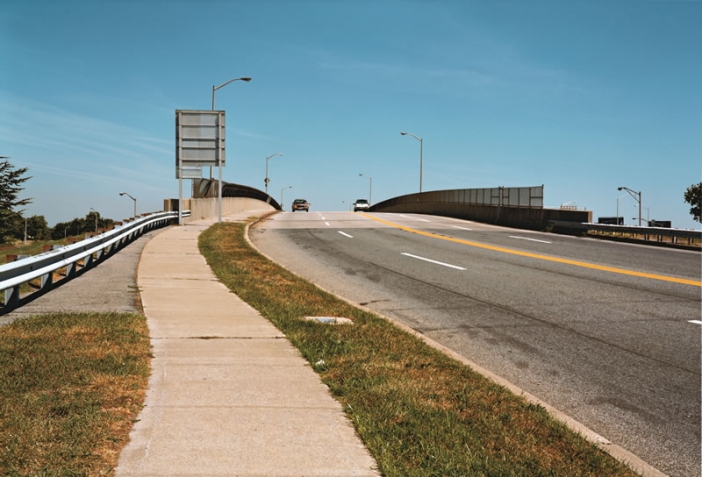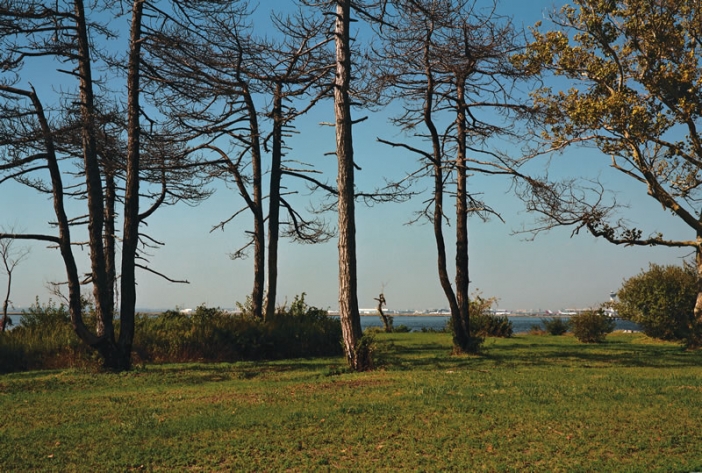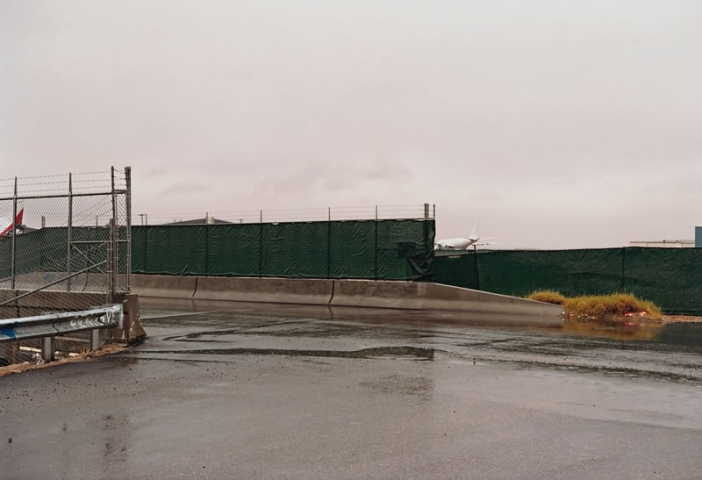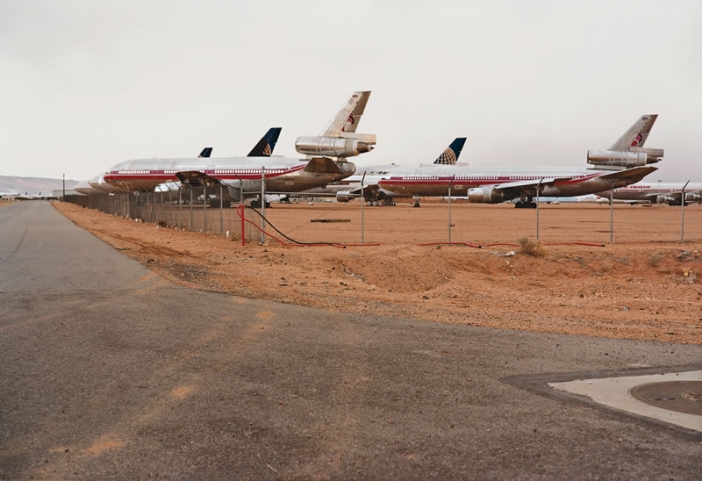What fascinates me when we talk about airports is their ambivalence: they are modern places that seem easy to grasp, places we associate with vacation, large happenings, and more ordinary travels. At the same time, we know that airports also have been scenes for disasters and hijackings. What is special in Himmelrike is the focus on the airport’s relation to the landscape or topography it is placed in. Therefore, it is not only terminals and airplanes that are important in this project; of equal importance is what one could call the airport’s outer zones: rough terrains, places such as parking lots and roundabouts – places that we perhaps do not associate with the airport, and that we as travelers rarely reflect upon.
Per Kvist writes in the preface in Himmerike:
The airports are not represented frontally, but rather, they seem to be fringe phenomena, something observed from another, unknown angle. This is not the airport with its traditional aura of travel and exoticism, modernity and progress; rather, we are presented with a place whose status has been made uncertain.
